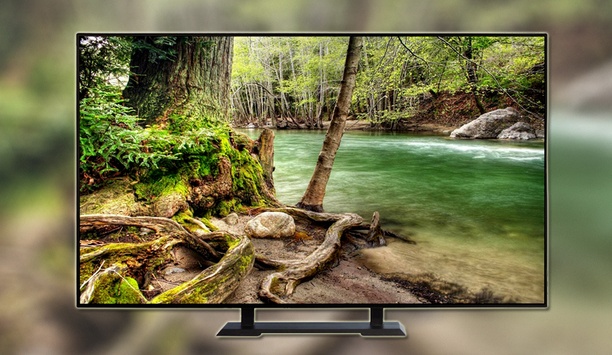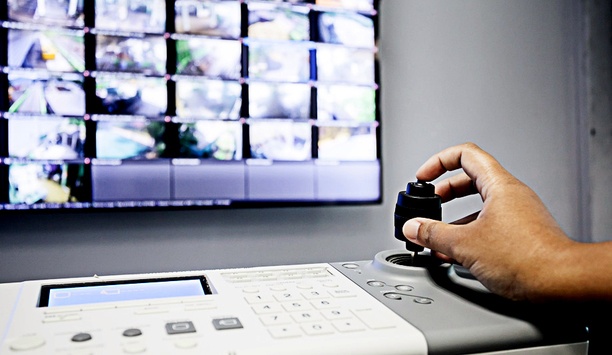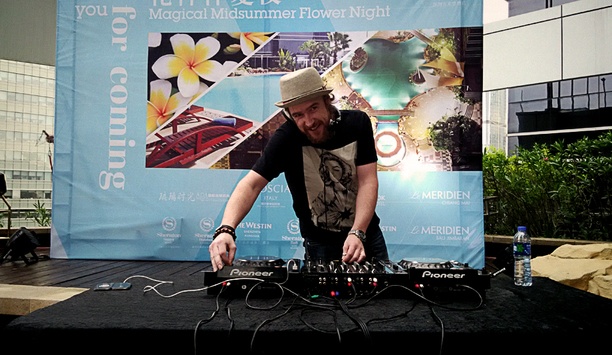Liam McShane

Liam McShane
Sales Director, Perfect Display Technology Company LtdOriginally from Northern Ireland, Liam has been in sales roles most of his career, mostly in the motor industry and financial industry. He moved to China in 2014 for a role in the financial sector, but after 2 years in Shenzhen he was approached about a role with Perfect Display, a specialist monitor manufacturer. Seeing the potential in the company he decided to give it a go and hasn’t regretted it since. In his current role with Perfect Display he heads up the International Sales and Marketing Departments, goes to trade fairs and visits customers around the world, establishing new markets and maintaining current ones.
Articles by Liam McShane
Everybody has been hooked on the discussions about Analog HD or IP systems, but shouldn’t we really be thinking about WiFi and 5G connectivity, removing the need for expensive cabling? Are wirel...
In the security industry today we see many installers and integrators using standard consumer grade monitors for video surveillance. This is primarily due to budget constraints, but can end up costing...
News mentions
Technology, products and services are vital to the security market, but so are the people behind them. This year, SourceSecurity.com has been highlighting some of the key characters who make up the se...
Perfect Display Technology Co. Ltd. has announced the factory has passed its recent ISO9001:2015 audit, improving on the previous ISO9001:2000 standard, showing the company is still the best place to...
Liam McShane is Sales Director at Perfect Display Technology Co Ltd. A Northern Irishman who’s been living in Shenzhen, China since 2014, Liam has a passion for technology and sales. Extrovert a...






























